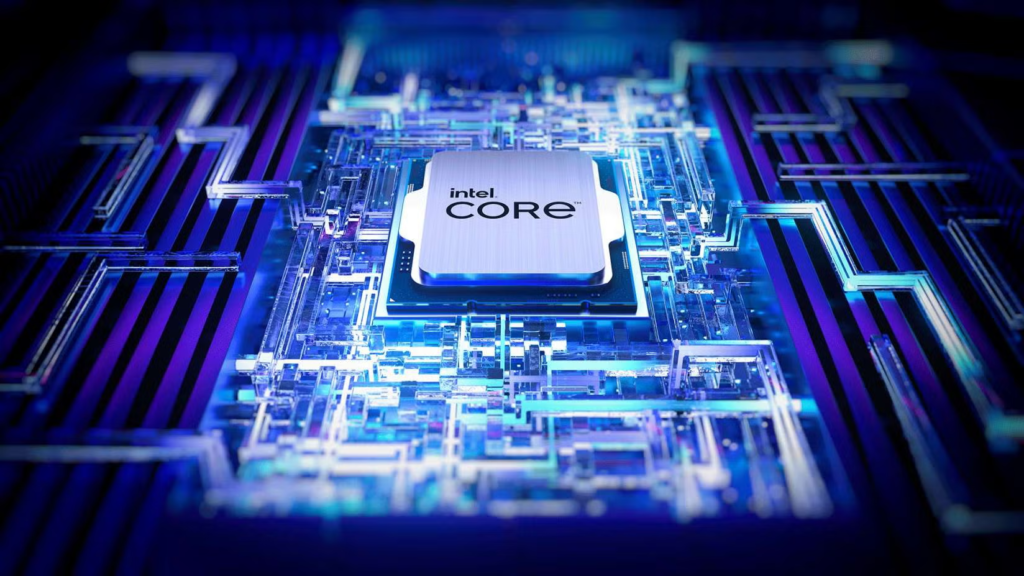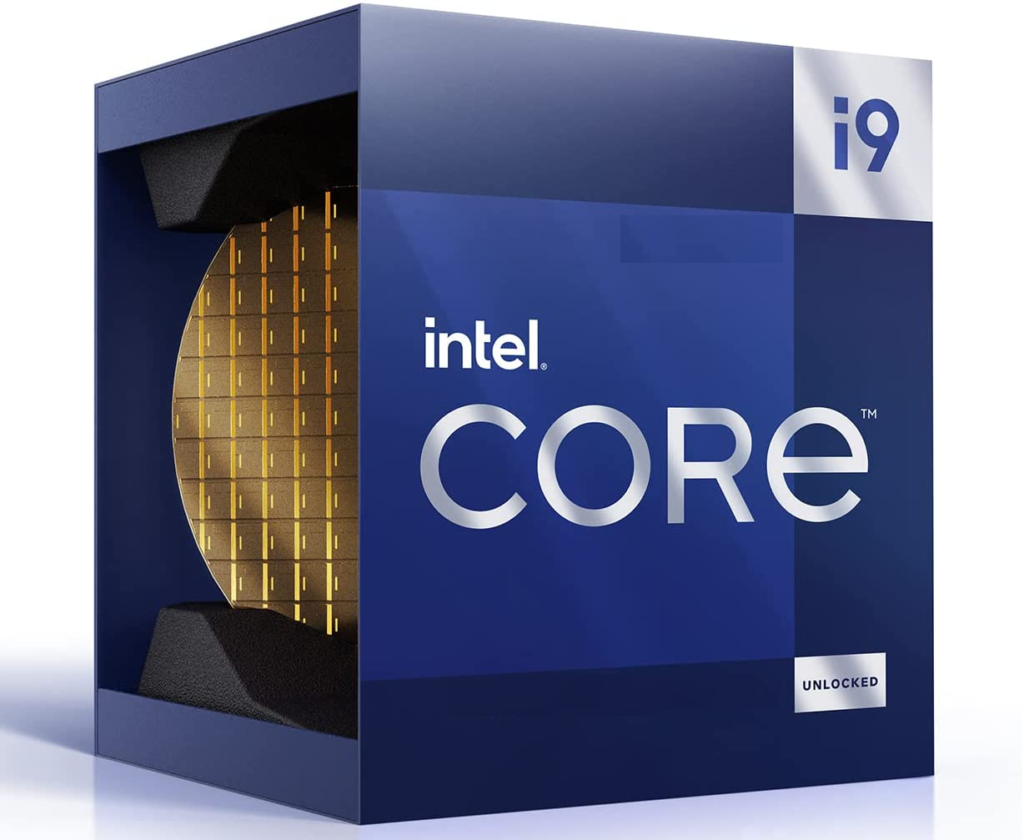Intel and AMD are the giants ruled by two when it comes to computer processors. These companies are the ones that have innovated computing and have had many great rivalries between each other, offering consumers many choices, from gaming rigs to high-performance servers. Both kinds of processors have clocked a similar performance pace, similar in function but different in their architecture, performance, cost, and market penetration. These said differences will be explained in this article as regards the most significant differences between Intel and AMD processors and the most powerful and best-selling models from both company’s product lines.
1. Architectural Differences
The core architectural differences between processors manufactured by Intel and AMD significantly influence the performance of each in various tasks.
Intel Processors:
Intel processor, traditionally, has high single-thread performance. The architecture at Intel provides the highest clock speed, thus making its chips perform better in the older games as well the applications that work poorly on multi-core processing.
Intel multiple micro architectures like the “Core” and “Xeon” families. moreover, power efficient by making processors consume less energy per clock cycle. It is essential for laptops and other portable devices. Alder Lake and Raptor Lake (12th and 13th generations of Intel processors, respectively) were primarily hybrid designs with performance and efficiency cores to compete with AMD’s multi-core dominance.

AMD Processors:
As against this, AMD has made a reputation for itself in strong multi-core performance at cheaper prices. AMD’s multi-core series processors, known as the Ryzen, are based on its Zen architecture, which have advanced rapidly in recent years, giving Intel stiff competition regarding performance. These processors offer more cores and threads than their competitors, making them ideal for CPU-intensive applications such as video editing, rendering in three dimensions, and everything that works over multiple threads.
Moreover, AMD chips are also superior to their competitors in terms of scaling performance. This is again highlighted in its more recent generations. The Zen 3-based chips in the Ryzen 5000 series and what is being said about the newer Zen 4 chips under Ryzen 7000 are said to have provided really thrilling performance improvements that even now cast AMD against Intel in gaming and content creation environments.

2. Performance: Single-Core vs. Multi-Core
Traditionally, Intel and AMD processors have been distinguished from each other depending on the core performance that they offer.
- Intel Processors: In general, Intel processors are superior in performance with single cores. This is why gamers prefer using systems with Intel CPUs amidst getting into CPU-intensive games that rely much on high-speed computing power and single-thread performance.
- AMD Processors: AMD has been producing processors that have caught up with configurations of high-core quality performance in recent years. Ryzen processors generally come with more cores and threads at a particular price level; thus, they are better at multitasking, hence ideal for video-editing and rendering workloads requiring heavy parallel processing.
In terms of reality:
- Gaming: Though Intel has an edge in single-core performance hence still retains some merit over Ryzen 5000 and 7000 series in a few gaming scenarios, the gap has narrowed considerably. AMD chips have increasingly become competitive in gaming benchmarks.
- Content Creation: Because AMD gains over Intel on multi-core workloads and multi-threading capabilities, it will be the best competitor that content creators could find in demanding applications like Adobe Premiere or Blender, not to mention 3D rendering software.
3. Price-to-Performance Ratio
Historically, AMD prices its chips for a better price-to-performance ratio than Intel at the same price point, giving its processors an edge in multicore processing, for example, in high-demand scenarios like video production, streaming, or heavy multitasking. In case of equivalent pricing, AMD also provides the added advantage of having more cores and threads on its processor.
We are also surprised that in almost every other area, it seems that Intel costs more than AMD, but then again, the price of the chips is offset by the overall efficiency they usually deliver, especially for laptop chips, where power consumption is a prime consideration.
4. Integrated Graphics
Both Intel and AMD have processors that have integrated graphics features in the processors. But both the integrated graphics are different.

- Intel Integrated Graphics: Historically, integrated graphics from Intel have never been too powerful. The Iris Xe is the most recent entry by Intel for its integrated GPU. They can be quite adequate for light gaming and everyday tasks, but generally, Intel’s integrated GPUs just do not have the muscle to compare with a dedicated discrete GPU.
- AMD Integrated Graphics: AMD’s APUs (Accelerated Processing Units) pack excellent CPU cores with modest integrated graphics. The Ryzen G series chips, with very much Vega graphics, will show far greater performance in terms of integrated graphics than the Intel, making AMD a definite contender for budget systems or space-saving builds that do not require discrete graphs.
5. Future Trends and Technological Developments
Both the technological world is being revolutionized by Intel and AMD as they continue to do much more in the way of developing 7nm and 5nm operations, DDR5 support, and PCIe 5.0 compatibility.
- Intel’s Progress: Intel, meanwhile, showed nice performance for Alder Lake (12th Gen) and Raptor Lake (13th Gen) with hybrid cores. The company has plans for future generations, which will use even smaller nodes and improvements in power efficiency.
- AMD’s Progress: With their EPYC series and other servers; AMD has penetrated the server market aggressively yet surpassed Intel in various segments. Forges ahead in the quest for the Ryzen 7000 series processors and the new Zen 5 chips pushing the levels higher. AMD also prepares to face the latest platforms, such as DDR5 and PCIe 5.0.
6. Best-Selling and Most Powerful Processors
Yes, both companies have more processors than you would care to count. Each has models in every price bracket and market, but let’s take a closer look into some of their sellers and the most powerful models they currently have.
Intel’s Best-Selling and Most Powerful Processor:

- Intel Core i9-13900K: More people consider the Intel Raptor Lake i9-13900K to be the most powerful processor available to consumers today. It has 24 cores (8 performance cores + 16 efficiency cores), 32 threads, and a turbo boost clock speed of up to 5.8 GHz. This processor is made for enthusiasts, gamers, and content creators for them to gain the maximum power for their work. Its hybrid architecture ensures outstanding performance in both multi-core and single-core performance making it the go-to chip in extreme gaming and multitasking. It has basically 24 Cores (8 Performance Cores + 16 Efficiency Cores) and 32 Threads with a turbo boost clock of 5.8 GHz. This means that it is practically regarded as one of the most powerful consumer processors available today, generally taking its place in the category of the gung-ho price tags ranging till high-end specifications for enthusiasts, gamers, and content creators. Easy outstanding performance in tuples alongside single-core performance makes it the chip of choice for extreme gaming and multitasking.
AMD’s Best-Selling and Most Powerful Processor:

AMD Ryzen 9 7950X: Ryzen 9 7950X is an AMD processor which is the most consumer produced and based on Zen 4 architecture. It has 16 cores and 32 threads and provides boost speeds of up to 5.7 GHz. Its multi-core performance is excellent, while its energy efficiency superb; this makes it an excellent powerhouse for gaming, content creation, and professional workloads. Furthermore, the Ryzen 9 7950X is noted for being priced more economically than similar offerings from Intel; hence, it is a favorite among enthusiasts.
7. Conclusion: Intel vs. AMD
As both companies have their own strengths and weaknesses, the final dependence lies entirely on your use case and budget:
- Intel: Intel is the better option for single-core performance and also when finding the most polished and power-efficient users in laptops. Admittedly, their latest offerings such as the Intel Core i9-13900K are outperforming everything else when it comes to overall lifting and heavy-duty tasks at gameplay on the cutting edge of what the industry has to offer.
- AMD: In terms of great multi-core performance, which is relevant when it comes to tasks such as video editing, 3D rendering, and even running heavy apps, for users that really want such usage, AMD’S Ryzen 9 7950X really offers a fantastic value-for-money ratio. It is also an amazing user favorite for incredible integrated graphics.
All in all, both companies can be very praised in terms of processor offerings, and one cannot go wrong with either. Yet, by trends today, AMD is making significant strides in price and performance because of its Ryzen 7000 series processors. The option will totally depend on the need, budget, and preference of some features.



